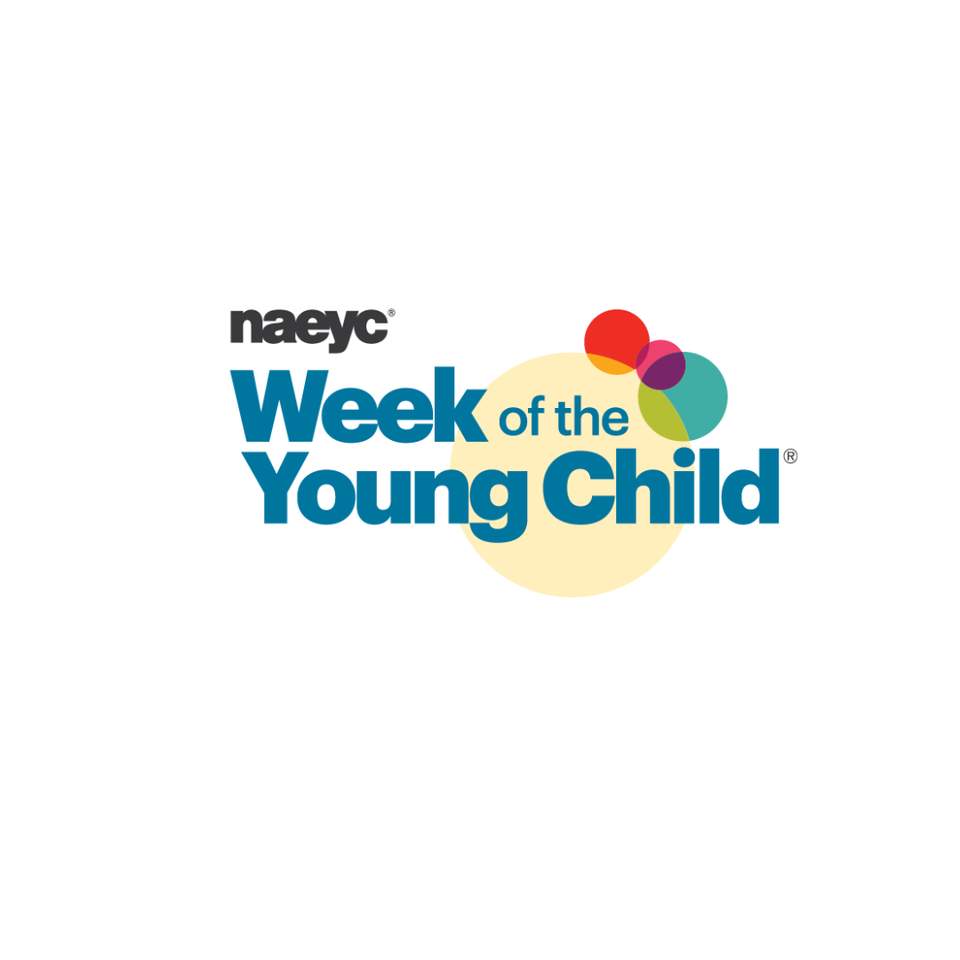Are you feeling passionate? Frustrated? Angry? Inspired? Consider channeling that energy toward advocacy. A letter to the editor is a great way to share your thoughts. Here are some situations where it is a good strategy:
- You have information or observations that others need to know
- You want to raise the profile of an issue that is important to you
- You want to highlight something positive in your community
- You have a response to an article that was recently published
An effective letter to the editor is relevant and concise. Submit a letter as a reaction to an article that was recently published. Connect it to a current conversation. Or, anticipate an upcoming event or anniversary, and tie it to that. Explain your connection to the issue. Include a personal story if possible.
Make sure to read and follow the word limit and other submission requirements carefully. Include all the contact information requested by the outlet.
When it comes to early childhood education, letters to the editor are a great way to keep the issue on people’s minds. Whether it’s reminding people of the importance of brain development in the early years or offering a perspective on what early childhood education is like in your community, the format is useful for both education and advocacy.
The Star Tribune and the Pioneer Press are two statewide newspapers that you can reach out to with your letter. They have a wide audience. However, local papers are a great option as well. Your neighbors and local elected officials read them. And they are more likely to publish your submission.
If your letter to the editor involves a specific policy, it’s a good idea to mention your elected official. You can praise them for their work or encourage them to take action. Many elected officials read the letters to the editor or have alerts set up to let them know when they’re mentioned. A letter to the editor can be an effective form of legislative advocacy, especially in combination with personal meetings, phone calls, and other communication.
Excited to write but need more direction on how to begin? These early childhood organizations have some resources and templates to get you started:
Zero to Three: Think Babies Sample Letter to the Editor
FrameWorks Institute: Early Childhood Development Sample Letters to the Editor
The way we find and read news has changed in many ways. However, a letter to the editor is still a useful advocacy tool.
By Marie Huey, Public Policy and Advocacy Staff Leader








